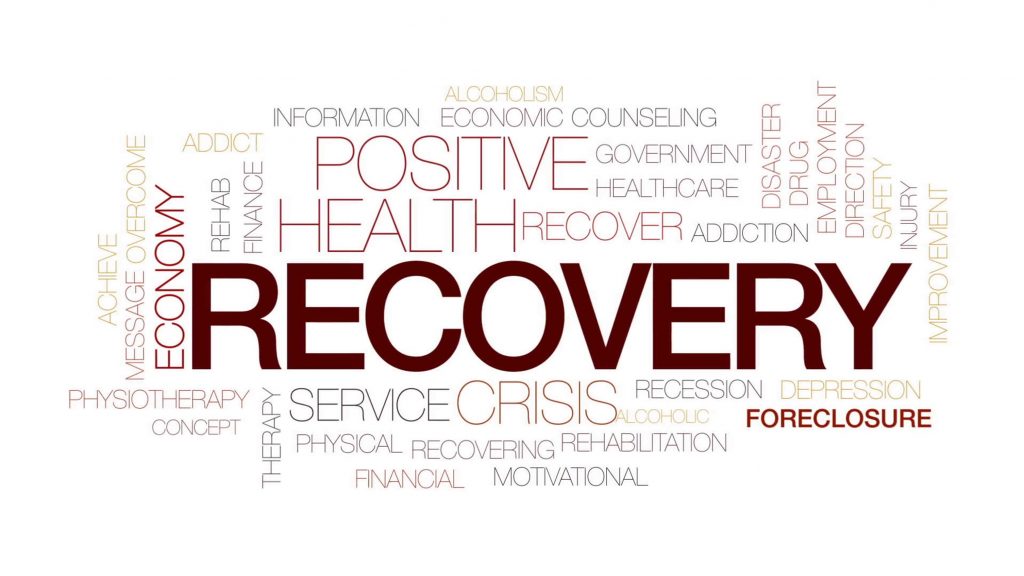There’s been a lot of grim news about addiction—but there are big gains, too
Our collective mental health has been under siege for nearly two years. In no way does it downplay the difficulties to acknowledge some good news.
People have died of overdoses at a record high rate during the pandemic. Global rates of depression and anxiety disorder are spiking. Demand for liver transplants is soaring in the U.S. because we’re drinking more heavily during Covid.
All of those bad things are happening. But so are successes in addiction treatment and mental health generally. Here are seven.
1. A Covid silver lining
One of the few good things to come out of the pandemic is the illuminating light it is shining on mental health issues like addiction, depression, and stress. People are talking about mental health a lot more now—from family and friends to political leaders to great athletes like Simone Biles, Michael Phelps, and Raven Saunders.
Because of the increased openness about substance use disorder (SUD) and other mental health topics, and the media’s constructive, straightforward coverage of them, some of the shame and social stigma is decreasing. Because there’s less stigma, people are more likely to seek help when they need it. These related trends were happening before Covid; Covid is just accelerating them.
The pandemic revealed the cracks in our mental healthcare system. It was a stress test that, in my opinion, we failed. But it clearly showed where the opportunities are. It’s up to all of us to make sure that improvement happens, and that we don’t backslide post-Covid.
2. The increasing acceptance of medication-assisted treatment (MAT)
An ongoing piece of good news in addiction treatment is the success of MAT, which is the use of medication in combination with counseling and behavioral therapies to treat substance use disorders.
A key phrase is “in combination with.” Proven MAT medications such as suboxone, naltrexone, and methadone are not effective when used by themselves. Counseling and therapies must be part of MAT for it to work well. It needs to be a whole-person approach.
The increasing acceptance of medication-assisted treatment means we are slowly but surely breaking free from the traditional abstinence-only approach to addiction. That method became fixed in addiction treatment and in the public mind many decades ago and has been very hard to shake. Complete abstinence (even from addiction-fighting medications) does work for some people, and that’s fine, but it is no longer the gold standard for treatment.
3. The increasing use of gender-responsive treatment (GRT)
As with MAT, GRT is gaining acceptance in the addiction treatment community. In fact, at the Jacksonville-based addiction treatment facility where I am the chief medical officer, we have built our programming around the GRT approach.
What is gender-responsive treatment exactly? In the drug rehab setting, it means that men and women stay in separate facilities, but that’s just the start of it. The gender split runs through everything—from the design of the treatment center’s physical environment to the programming to the issues covered during therapy sessions.
We and many other treatment centers are finding that gender-responsive treatment works, as proven by at least two key statistics: People stay in treatment longer in a GRT setting, and relapse rates are lower for people who complete GRT rehab programs.
4. The growing stature of trauma-informed care (TIC)
Yet another three-letter acronym from the addiction treatment world, TIC acknowledges the need to understand a person’s life experiences in order to deliver effective treatment.
TIC assumes that trauma has occurred in many lives, that it may continue to affect people in powerful and debilitating ways, and therefore that it must be considered during addiction treatment. TIC profoundly shifts the focus from “What’s wrong with you?” to “What happened to you?”
Research shows that trauma of all kinds (emotional, environmental, physical) increases a person’s risk of becoming addicted to drugs or alcohol, especially if that trauma occurs during childhood. At the addiction center where I work, for example, around 65 percent of the women we treat have experienced some form of trauma in their lives. For men, it’s around 50 percent, which is still a high number.
Patients with SUD who are experiencing trauma symptoms often come into treatment with an internal fire alarm going off all day long. They have trouble relaxing. They have trouble trusting. And they don’t sleep well.
Once patients are calmed down, often with therapy and medication, TIC can begin in earnest. In the TIC environment, patients can feel confident that they will:
- · Be safe while in treatment.
- · Have a voice in their care.
- · Benefit from a TIC-trained clinical staff that is collaborating with them, not dictating to them.
- · Know that their therapy is always positive, never punitive.
When patients are empowered by these principles and trust that their therapist, doctor, and other providers have their best interests always in mind, real progress can be made toward sobriety. No surprise, therefore, that TIC is producing excellent results regarding long-term recovery rates and other key outcomes.
I don’t have hard data to prove this, but I believe we in the addiction treatment field are getting much better at ensuring that patients leave rehab with a specific plan and a tailored support system. It is no longer acceptable that people who graduate from residential care are left to their own devices to figure out next steps.
At my place of work and many other leading centers, a key component of the aftercare plan is an active, well-organized alumni program. This is an important network of sober people who help and guide each other.
The best of these programs provide educational sessions, family events to attend, and other get-togethers, many of which are now offered remotely and in-person.
A person in an alumni group never has to feel like he or she is alone in recovery. There’s always another member to call if things aren’t going well.
6. Addiction treatment is getting better all the time
We’re not perfect by any means, but thanks in large part to the new treatments and strategies I have outlined here, the long-term trend is looking really good.
There is no doubt that the Covid stress test showed some of the glaring weaknesses in the system, and we still have a way to go. And yes, it will be many years before everyone who needs care can get the affordable, accessible, high-quality addiction treatment they deserve.
But. We are getting there. We are making steady progress by way of constantly improving evidence-based care, better data and sharing of best practices, and more adequate health insurance reimbursement through vital oversight measures such as the federally mandated Mental Health Parity and Addiction Equity Act.
From my vantage point, after two-plus decades in the field, the people I work with and those who are starting addiction treatment careers are more qualified every year.
I always knew addiction treatment was where I wanted to be. But when I started out, a lot of my medical school classmates who chose other specialties turned up their noses at my decision to go into addiction medicine. At best, many thought my chosen field wasn’t serious. At worst, some thought it was borderline quackery.
That wasn’t true then, and it’s even less true now! Many soon-to-be doctors, therapists, nurses, and other providers these days see addiction treatment as the place to be. Which can only be a good thing in terms of attracting top talent and providing great care to patients.
We are saving lives and doing important work every day, and there is nothing more satisfying than that.


